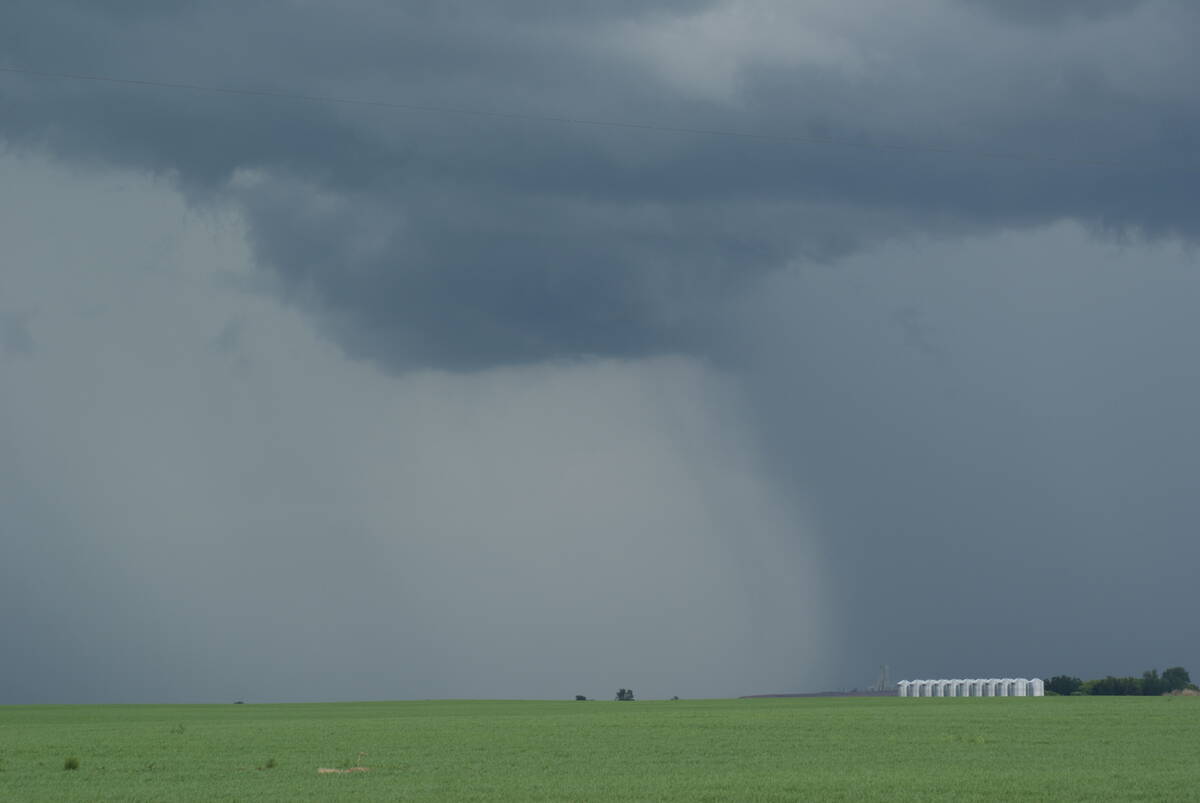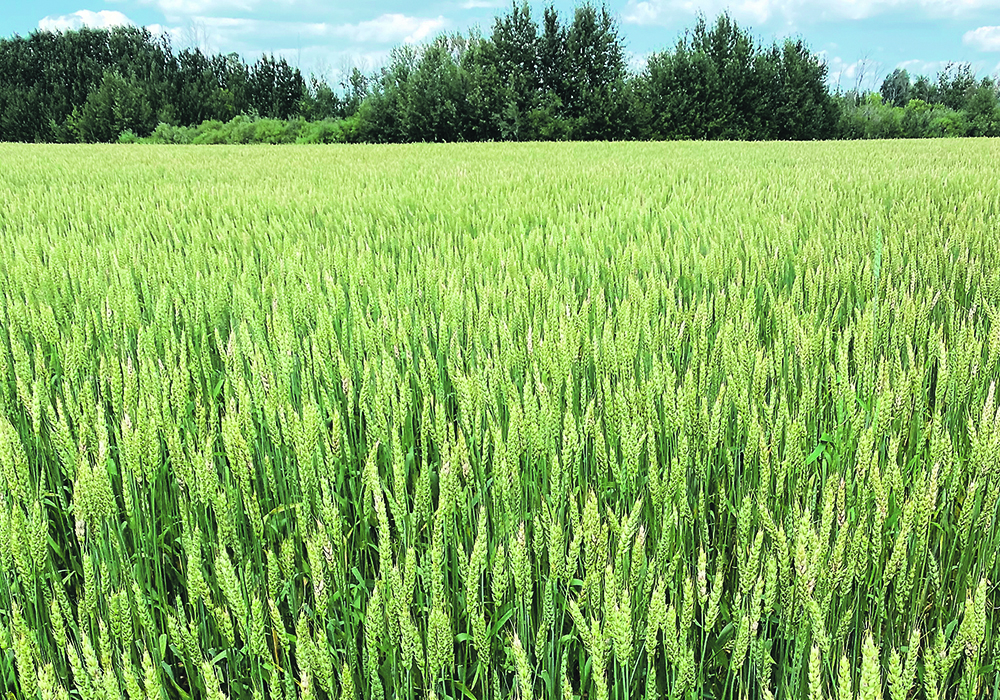When the Canadian Wheat Research Priorities task group convened in 2019 to begin the consultative process that would create the 2020-22 priorities, they invited representatives along the entire wheat value chain from across Canada.
“There is tremendous value in having everyone at the table”, said Dean Dias, chief executive officer of Cereals Canada, the organization that co-chaired the development of the research priorities together with Agriculture Canada.
“We set out to have the entire value chain involved to have a view from research on what is possible and what to focus on, a view from growers on yield and profitability, and a view from customers and exporters who know what is needed in the marketplace. And there is the role that groups funding public research, including (Agriculture Canada), have in contributing to setting research priorities,” said Dias.
Read Also

Canadian farmers need new tools to support on-farm innovation
Farmers need a risk management buffer that actually works and investment that drives advancements forward if Canada is to build resilience.
Adam Dyck understands the value of an inclusive process from both sides of the table. He co-chaired the theme on customer quality. For the past 11 years, he’s been in charge of Canadian operations for Warburtons, the largest bakery in the United Kingdom that sources more than 50 percent of its wheat from its long-running Canadian Identity Preserved Program.
“There was an open invitation across the wheat value chain to participate, including public and private wheat breeders, the seed industry, growers, grain companies, millers, end users and academia,” said Dyck.” With all these voices around the table, you develop outcomes that carry a lot of weight and represent the industry’s wishes. Having everyone in the value chain involved in priority setting helps develop a strong theme.”
Balancing standard wheat breeding goals with the quality traits that end-users want is an ongoing challenge when setting research goals around the customer quality theme.
“We need to make sure that outcomes fit the end-use purpose. So that what we are asking of wheat breeders in terms of quality, actually fits what end users want.”
One example of customer quality research that could benefit the whole value chain is work on rapid testing for qualities like gluten strength and milling properties. Researchers are looking at cost-effective rapid testing tools that could help breeders measure these traits earlier in the breeding process. This ensures that varieties released to market are suited for the entire chain
All five themes in the research priorities document focus on producing more wheat, more consistently, and improving the sector for the benefit of everyone in the value chain.
“Our goal with these priorities is to keep demand strong so growers see wheat as a profitable crop and keep acreage up,” said Dyck.
“Canada is already a world leader in wheat, so if we collaborate on research priorities, and execute them successfully over time, we can keep current customers happy and attract new customers to Canadian wheat.”
Collaborative priority setting is also able to deliver a clear message to wheat research funders on priorities agreed to by the value chain.
“We need to invest in research in the right places and (that is) another reason for the strategy to include funding groups in the priority-setting process.”
Bringing all the players in the sector together to develop shared priorities for Canadian wheat research builds a balanced, informed approach that considers multiple aspects.
“You could have high-quality wheat that doesn’t yield well, or high-yielding wheat that doesn’t meet the need of end-use customers,” said Dyck. “That’s why it was so critical to build a loop where the industry came together to have those types of discussions as a whole value chain to set relevant targets for wheat research in Canada.”
Victoria Linden is director of research at Cereals Canada.















